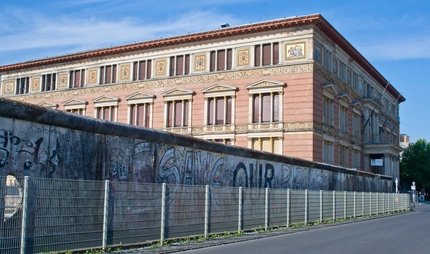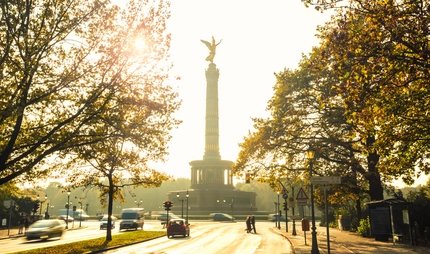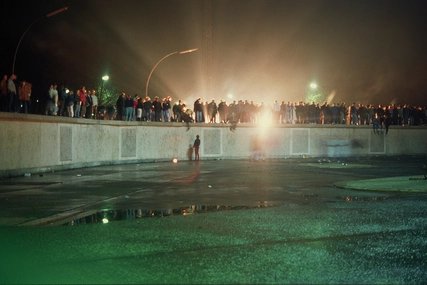
Has it really been that long? On the night of November 9-10 1989, the border crossings between East and West Berlin were opened. The Wall fell. The path to reunification was clear. Thousands of people poured across the borders. The peaceful revolution had led to a coup that went down in history books - and can be experienced on the spot in Berlin.
Come with us on a journey into the past, find out more about the historical background and get tips on where and how you can learn more about the day the Wall came down live in Berlin and, of course, digitally.
Tip: Discover Berlin with our ABOUT BERLIN app. Our multimedia city guide takes you to the places where history was made in Berlin and brings historical moments to life. Now with many new tours and highlights relating to the fall of the Berlin Wall!
Download now for free.


Tip 1: The East Side Gallery is the longest open-air gallery in the world

At 1,316 meters, the East Side Gallery on the banks of the Spree in Friedrichshain is the longest continuous section of the Wall. Here you can see originals by over 100 artists, including the Brotherly Kiss by Dimitrji Vrubel, but also works by Thierry Noir and Jim Avignon. Meanwhile, the longest open-air gallery in the world is a listed building.
East Side Gallery
Tip 2: Where to find remnants of the Berlin Wall in the capital

So that you don't have to cycle the whole Wall cycle path, we have selected the 11 top places in Berlin's districts where you can see remnants of the Berlin Wall. Among them, of course, such famous places as Checkpoint Charlie and the Berlin Wall Park. But there are also some cemeteries with listed wall remains.
Top 11 places to see remnants of the Berlin wall
Tip 3: Learn more about the Cold War
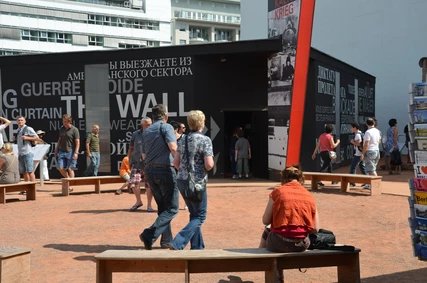
The BlackBox is a multimedia exhibition on the Cold War and informs you about the history of the border crossing at Checkpoint Charlie. Here you can experience the history of the Cold War and the division of Germany through 16 media stations, film clips and interviews with contemporary witnesses.
Tip 4: Why Checkpoint Charlie is so famous
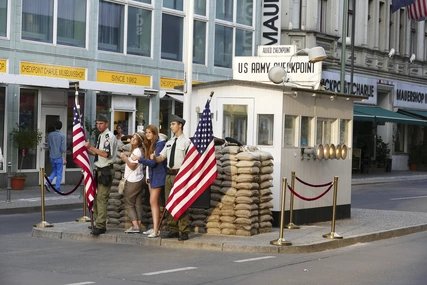
"Attention: Your are leaving the American Sector." Not only the scene of history, but also the backdrop for many spy thrillers, Checkpoint Charlie on the corner of Friedrichstraße and Zimmerstraße is certainly one of the most famous former border crossings. American and Soviet tanks faced each other here in October 1961. Images from the divided city that went around the world at the time. In the immediate vicinity of Checkpoint Charlie, you can see many more photos and documentation from the time on large-format posters and find out about the history of the Berlin Wall up to the fall of the Wall.
Tip: Many other memorial sites are currently open to the public, such as the Berlin Wall Memorial on Bernauer Strasse.
Checkpoint Charlie
Tip 5: What you saw in 1980 when you looked over the wall
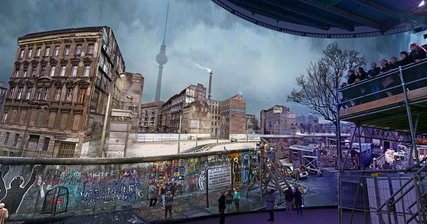
A normal autumn day in East Berlin in the 1980s. Behind the colourfully painted wall you can see the bare border strip and behind it the grey buildings an the TV-Tower of the former East Berlin. With countless lifelike details, the huge asisi panoramic picture of divided Berlin brings everyday life in the formerly divided city to life. From a four metre high platform, you can look into the Berlin of the 1980s, which conveys a tangibly authentic image on a scale of 1:1.
DIE MAUER - the asisi Panorama
Tip 6: Berlin Wall bike tour - 160 kilometres around the former West Berlin
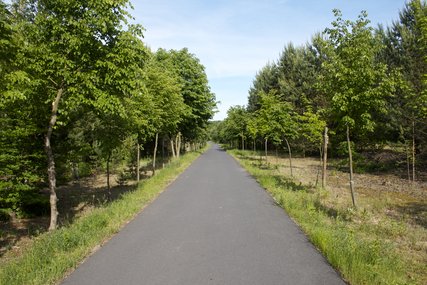
Where exactly did the wall actually run? While the course in the city center is marked out over 5.7 kilometers with a double row of cobblestones, you can follow the former Wall on the Berlin Wall Trail for about 160 kilometers around the former West Berlin. You will pass numerous sights and memorials, pass historic border crossings, and sometimes simply drive through the Berlin countryside.
Berlin Wall bike tour
Tip 7: Discover the eventful history of Babelsberg Park
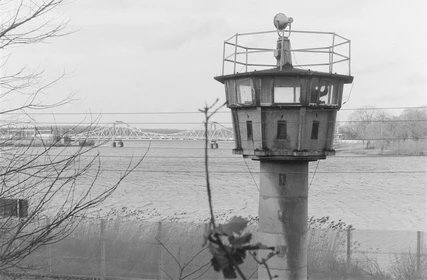
Discover the history of Babelsberg Palace with the help of your smartphone and the game app "Border-Zone". With the app, you can go on an interactive scavenger hunt and discover new places in Babelsberg Park.
Border Zone game app
Tip 8: How the Stasi's eavesdropping technology worked

If you would like to know more about the former GDR, why not pay a visit to the DDR Museum? Visit a typical prefabricated flat and find out how the Stasi's eavesdropping techniques worked. You can also find many exciting topics online: In a video series, Dr Wolle answers questions and shares stories and facts about the German Democratic Republic and its dissolution. This includes the reappraisal of Stasi documents, political backgrounds, but also with topics such as the consecration of young people, Western parcels or how it was like back then in the vacation camp in the GDR.
DDR museum
Tip 8: What the border strip once looked like

With the MauAR, you can get an impression on the screen of your smartphone of what it looked like in the border strip at the time of the occupation forces. Dive into the past via the augmented reality function and see scenes from the time when the German-German border was still overshadowed by watchtowers.
Tip 10: In these films the Berlin Wall plays a role

If you can't come to Berlin at the moment, why not get a Berlin series or an exciting Berlin movie on TV on the day the Wall came down? Of course the Berlin Wall can also be seen in numerous comedies, dramas and thrillers. Especially in spy films the Wall and the border crossings (in the picture the border crossing at Bornholmer Straße) are a popular motif. We have selected a few particularly exciting highlights for you here.
Tip 11: How life is reclaiming the former "death strip"
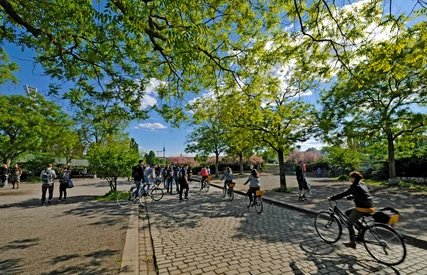
Mauerpark is probably the largest recreational area that man and nature have reclaimed since the fall of the Wall. After the fall of the Wall, wild plants grew on the wasteland, then residents planted trees on the slope and now Mauerpark is a popular meeting place. There are green spaces, swings and playgrounds, the Moritzhof youth farm, graffiti areas, as well as a large flea market and regular concerts and the largest karaoke event in the city.
Mauerpark

